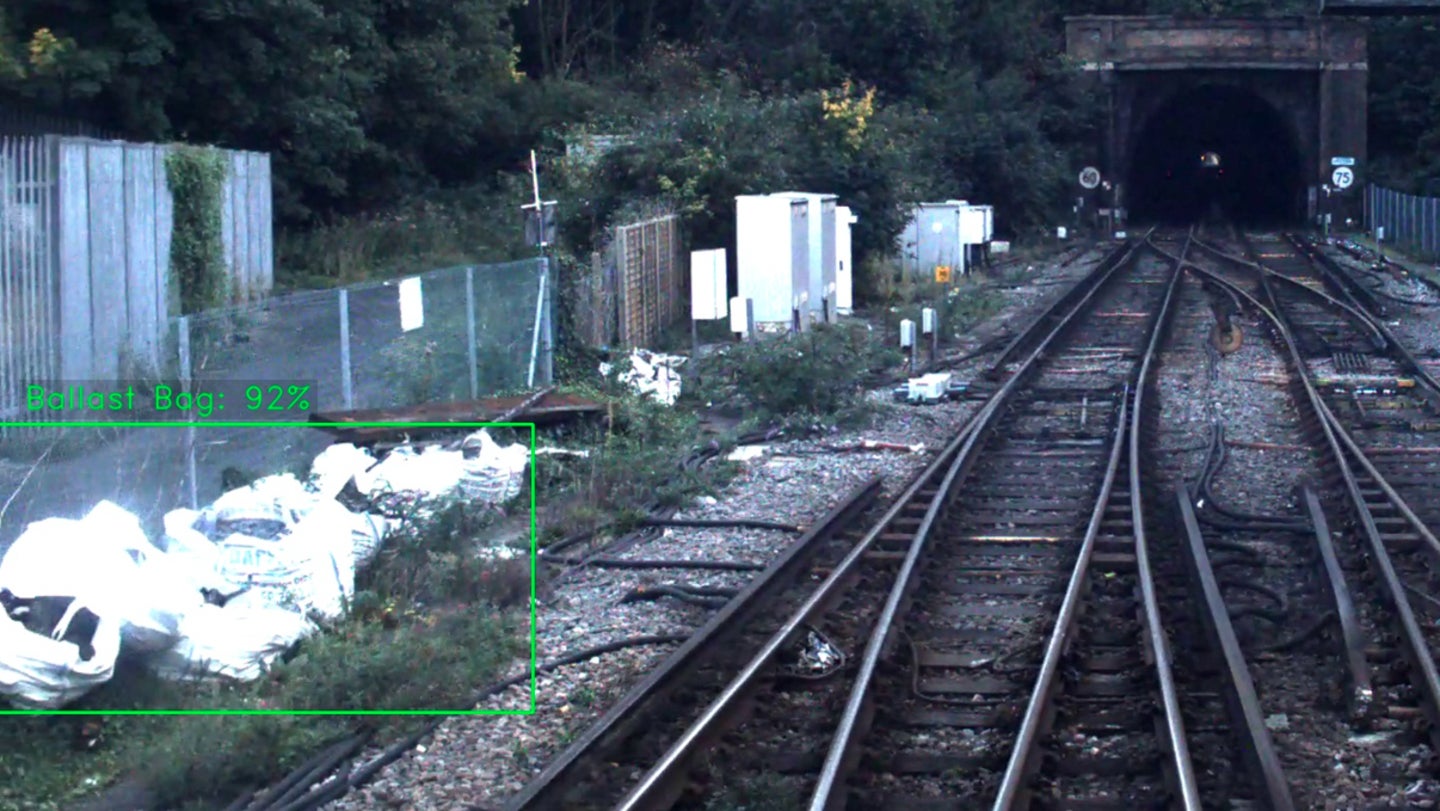
Network Rail has revealed its use of specialist AI software to identify forgotten scrap material left at the side of railway tracks so it can be removed to improve safety and potentially save network funds.
The technology, created by UK company One Big Circle, is being trialled by the organisation’s Southern region on the Wessex route and will likely be rolled out across the country if it is deemed successful.

Discover B2B Marketing That Performs
Combine business intelligence and editorial excellence to reach engaged professionals across 36 leading media platforms.
Using Automated Intelligent Video Review software, the tech will analyse high-definition footage from across the rail network to locate old material that could be reused or recycled, thus clearing it from the track where it could pose a risk to workers.
Senior innovations engineer Wayne Cherry described the technology as holding the potential to be a “real game-changer”, saying: “Not only is scrap on the side of the railway unsightly but it can also become an obstacle during planned engineering work, block safe walkways or delay our teams accessing part of the railway infrastructure to make repairs during disruption.
“If we can become safer and more efficient with identifying and removing scrap material, it will not only help our colleagues stay safe but benefit the wider rail industry, passengers and the taxpayer.”
Use of the Wessex route to trial the technology is notable as not only is it one of the busiest routes on the UK’s rail network but its largest cause of accidents for staff is “slips, trips and falls”, something only made worse by leftover scrap.

US Tariffs are shifting - will you react or anticipate?
Don’t let policy changes catch you off guard. Stay proactive with real-time data and expert analysis.
By GlobalDataThe tech has also been highlighted as a money-saving enterprise for Network Rail as identified materials can be used elsewhere on the network if needed, with some old, forgotten materials even filling a gap that cannot be filled by other means.
Network Rail pointed to Bomac concrete sleepers as an example of this as they are no longer manufactured but are still in demand for replacements on sidings and some areas of railway track.
Wessex route health and safety advisor and leader of the project Martyn Shaftoe said there was an important need to easily identify the material that is out there.
Shaftoe said: “Unfortunately, over recent years, the railway has become somewhat of a dumping ground for discarded railway sleepers, scrap rail, redundant ballast bags and many other assets. The challenge we face is there is no definitive list of where these materials or assets are.”
“To be able to help the industry potentially save money by reusing or recycling this treasure-trove of scrap materials is a brilliant prospect and we look forward to hopefully rolling it out more widely across the business later in the year.”
The project is similar to a Northern scheme which will use trains as so-called “data hoovers” to identify areas of rail infrastructure that need maintenance.





